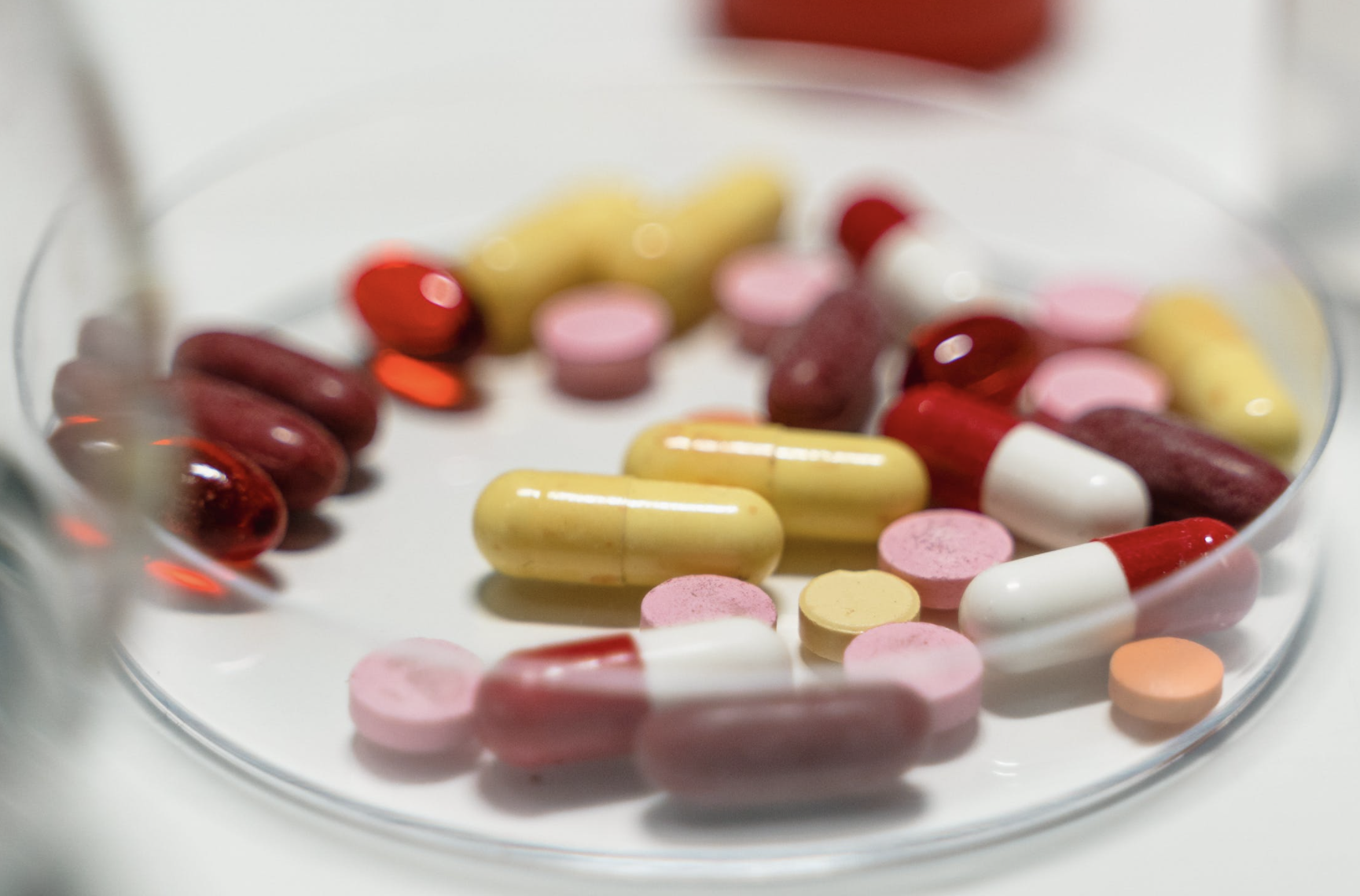
On January 4, 2017, the Department of Health and Human Services (HHS) released the 340B Drug Pricing Program Ceiling Price and Manufacturer Civil Monetary Penalties final rule. This rule implements a provision of the Affordable Care Act (ACA) that required HHS to publish the methods for calculating 340B ceiling prices and also imposes civil monetary penalties on manufacturers that overcharge a covered entity. A proposed rule was released June 16, 2015 and received 35 public comments.
The rule takes effect March 6, 2017. In the final rule, HHS acknowledges that the effective date is in the middle of a quarter so HRSA plans to begin enforcement at the start of the next quarter, April 1, 2017.
The Health Resources and Services Administration (HRSA), under HHS, administers the 340B Drug Pricing Program, which enables providers to stretch “scarce federal resources” by allowing certain providers (called “covered entities”) to purchase prescription drugs at deeply discounted rates. Manufacturers must offer 340B discounts to covered entities to have their drugs covered by Medicaid. Covered entities include nonprofit hospitals that receive disproportionate share funding from Medicare and Medicaid (“DSH hospitals”), critical access and sole community hospitals, federal-qualified health centers, and family planning clinics. Covered entities may also contract with retail pharmacies to administer 340B drugs to their patients.
HHS Finalizes New “Penny Pricing” Policy for Certain Drugs
HHS is finalizing a requirement that manufacturers charge $0.01 per unit measure for a drug whose calculated ceiling price is less than $0.01. Under existing rules, certain products can have a $0.00 ceiling price due to Medicaid drug rebate inflation factor penalties. However, the penny pricing policy is considered longstanding by HHS. In addition, HHS believes that setting a $0.01 price ceiling runs counter to the statutory scheme and could lead to unintentional consequences, including operational challenges.
Because of initial comments related to this and other policies, the comment period was reopened to solicit further comment and determine the appropriateness of possible alternatives to the penny pricing policy. These alternatives included the Federal Ceiling Price (FCP), the most recent positive 340B ceiling price from previous quarters, and nominal price. HHS received numerous comments both in support of and in opposition to these alternatives and has decided to finalize the policy as proposed.
Final Rule Creates New Methodology, Replaces Existing Guidance for New Drug Price Calculations
HHS proposed to codify the following existing guidance (in effect since 1995) relative to 340B pricing for new drugs:
- Manufacturers will continue to estimate a 340B ceiling price for the first 3 quarters a new product is marketed.
- Beginning with the 4th quarter that a new drug is available, manufacturers will be required to calculate a ceiling price using the standard formula.
- Additionally, the manufacturer must calculate the actual 340B ceiling price for the first 3 quarters the drug was available and refund or credit covered entities that purchased the drug at a price higher than the actual ceiling price.
However, after considering the public comments received, HHS modified the final rule, which will replace the 1995 guidelines. Manufacturers will be required to estimate the 340B ceiling price for a new covered outpatient drug using a standardized methodology until AMP data is available to calculate an actual 340B ceiling price and no longer than the fourth quarter that drug is available for sale. The methodology established by this final rule is wholesale acquisition cost (WAC) minus the appropriate rebate percentage. The manufacturer will be required to offer a repayment to the covered entity that is the difference between the estimated and the actual 340B ceiling price within 120 days of the manufacturer’s determination than an overcharge occurred.
Manufacturers Could Be Subject to Civil Monetary Penalties Up to $5,000
As required by the ACA, HHS is finalizing a provision that manufacturers who overcharge covered entities be subject to a maximum $5,000 civil monetary penalty for each instance of overcharging. HHS would define each instance of overcharging as any order for a drug, by national drug code (NDC), resulting in the covered entity paying more than the ceiling price. Each order placed for an NDC would qualify as an instance, regardless of the number of units for that particular NDC that were placed in the same order.
Manufacturers that “knowingly and intentionally” charge a covered entity a price for a 340B drug that exceeds the ceiling price may be subject to these civil monetary penalties. Many public comments recommended further defining the terms knowingly and intentionally. HHS states in the final rule that they will not define the terms in order to allow the Office of the Inspector General (OIG) the necessary flexibility to evaluate overcharging instances on a case-by-case basis. However, HHS does include some examples where they would assume that a manufacturer did not “knowingly and intentionally” overcharge a covered entity.
In addition, HHS finalizes absolving manufacturers of responsibility when a covered entity does not initially identify the purchase as a 340B-eligible purchase when placing the order.
If you would like assistance in evaluating the impact of this rule and program on your business or products, contact us at 202-558-5272 or e-mail us directly at jscott@appliedpolicy.com.


